| A | B | C | ||
| Weekly | Seasonal | Live Aboard | ||
| 1 | Charter | X | X | |
| 2 | Coastal-ICW | X | ||
| 3 | East Coast – FL/Bahamas | X | ||
| 4 | East Coast – Caribbean | X | ||
| 5 | Ocean crossing – low/mid latitudes | X | ||
| 6 | Ocean crossing – high latitudes | X |
Over the last year we have visited many ports, traveled over 7,000 nautical miles, and met several fellow sailors. Our process is evolving on what exactly cruising is because it is quite a diverse ecosystem based on where you are at given time. We have assembled the grid above to break out the groups on a geography & lifestyle axis. Selecting a grid coordinate you best fit in will enable you to see the boat matches for your cruising goals. Let’s explain the categories.
Geography Axis
- Charter: Cruising on a charter boat on a destination location throughout the world.
- Coastal-ICW: Your main cruising grounds are near your home waters and occasional trips are taken inside the ICW.
- East Coast – FL/Bahamas: You spend hurricane season on the Atlantic seaboard and winters in Florida and the Bahamas.
- East Coast – Caribbean: You spend hurricane season on the Atlantic seaboard and winters in the Caribbean.
- Ocean Crossing – low/mid latitudes: You cross an ocean at mid to high latitudes.
- Ocean Crossing – high latitudes: These are the hard core guys sailing into the big wind and waves near or within the Artic Circle, rounding the horn, and overall adventure cruisers.
Living Status Axis
- Weekly: You are most likely still working full time and can only cruise on vacation
- Seasonal: You live at your residence during hurricane season and on your boat during the winter.
- Live Aboard: You live on you boat full time but are not stationary for long periods.
As mentioned, the cruising population you see depends on your location. Here in Brunswick, Georgia we are seeing a lot of 3B (East Coast-FL/Bahamas – Seasonal). Most cruisers in the Caribbean we saw were European 5B (they leave their boat on the hard in the islands when away or sail back to Europe for hurricane season). The Caribbean also had a fair share of Canadian and a smaller number of US 4B’s. In the big picture full time liveaboards are a rare breed which surprised us a little.
What boat should I get? The X-out slots would not make sense to own a boat, but we can take a high level shot at some boats in production on some of the blank squares :
1A – There are lots of analyses on the web regarding the economics of buying a boat and placing it in charter. Basically, it makes no sense unless you can use it over a month a year.
2A- This category catches the majority of cruising boats. A monohull with 6 feet draft or under from 26 to 40 feet would be optimum
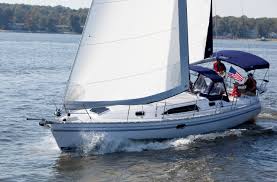
2B- A monohull with 6 feet draft or under from 30 to 45 feet with solar or a generator would be a good match.
3B,C – A catamaran or monohull with under 6 foot draft from 38 to 45 feet with a mast height under 65 feet for the fixed bridges. Solar or generator are needed. A watermaker would be a good option if staying long in the Bahamas.
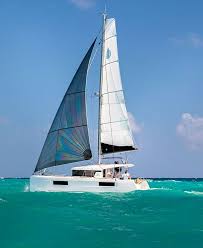
4B,C- A catamaran from 40 to 50 feet or a 42 to 55 foot monohull. Any larger limits marina and haul out options. Solar, generator and watermaker needed.
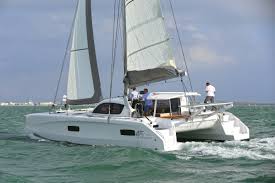
5B,C- A catamaran from 44 to 52 feet or a 45 to 58 foot monohull. A good downwind sail plan, solar, generator, and watermaker. The LOA is higher because the chances of big waves increase on ocean crossings and LOA more than any other measurement produces a comfortable ride.
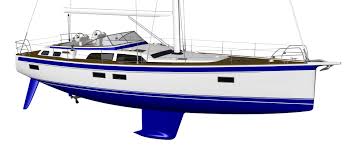
6B,C – A monohull from 45 to 58 feet with an AVS over 125, ballast/displacement over 35, water tight compartments, large tankage, generator, watermaker. Consider aluminum if visiting locations with sea ice.
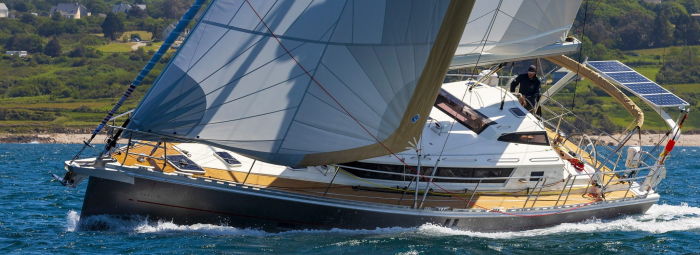
Well, that’s our observations from the limited scope of our travels. What other categories do you think should be added or deleted?
